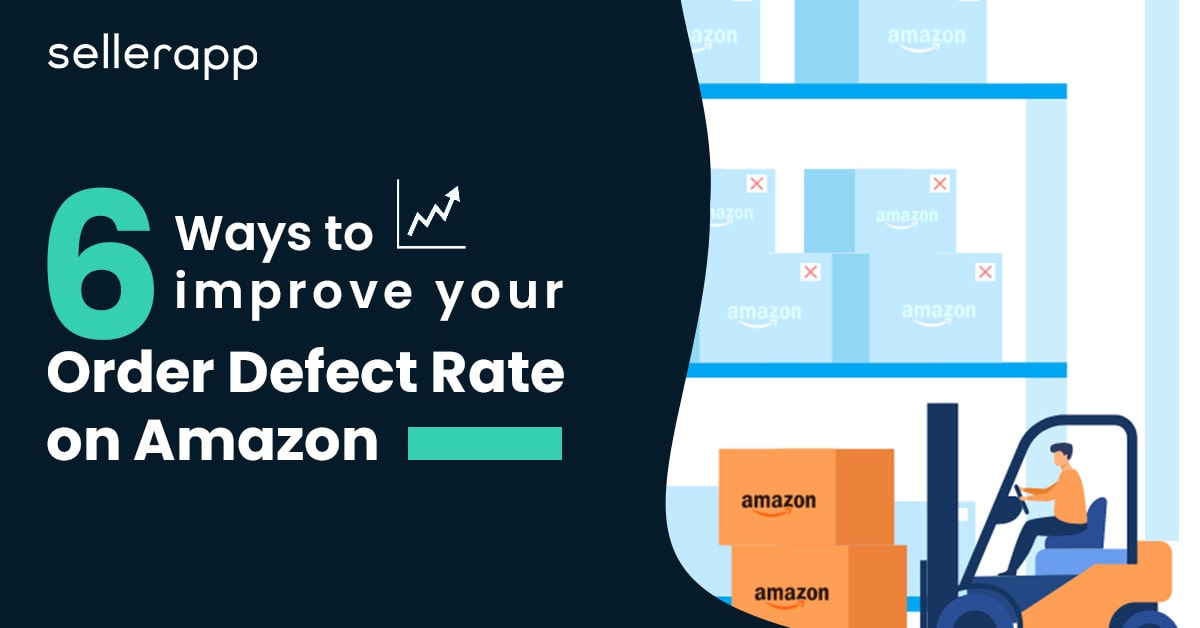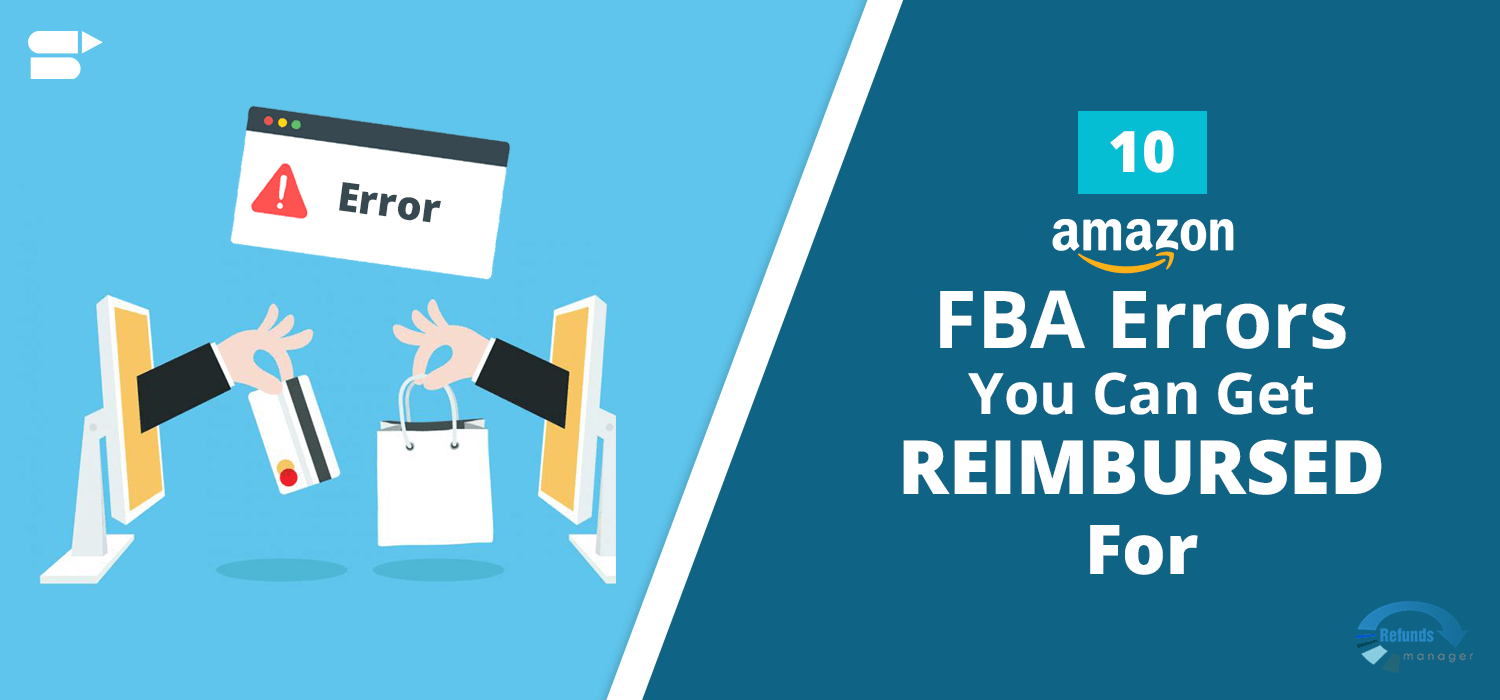Amazon Seller Terms of Service and Conditions for Enhanced Operations

Whether you’re a beginner venturing into Amazon sales or an experienced seller, having a solid grasp of Amazon’s terms of service, policies, and guidelines is key to smooth your journey.
At every turn, Amazon’s guidelines play a crucial role, in shaping the way you navigate the platform. That’s precisely why we’ve decided to delve into this topic, breaking down everything you need about Amazon’s seller Terms of Service (ToS).
In this guide, we aim to simplify the complexities and provide you with a comprehensive understanding of the rules and regulations governing Amazon sellers.
Let’s unravel the details that will keep your Amazon journey on the right track.
Who should follow Amazon’s terms of service?
In short, anyone who has a seller account needs to be concerned about the Amazon seller terms of service. You need to follow these guidelines if you are:
1. Private label seller
2. Wholesale seller
3. An agency
4. Brand owner
5. Online and retail arbitrage seller
6. First-party seller
7. Reseller
Besides, businesses that make use of the Buyer-Seller Messaging service should know what they can or can’t do with the service.
What happens when you flout Amazon’s terms of service?
Amazon created these guidelines to protect sellers and customers. It isn’t just Amazon’s responsibility to follow these policies, it’s the seller’s duty as well. If Amazon finds you breaking the ToS, you may face one or all of the following issues:
- Amazon may ban your business and products
- Amazon can hold your payments
- Amazon may choose to suspend your Amazon seller account
- Removal of reviews from a specific product (which failed to fulfill the ToS)
- Delisting your product from Amazon
- Legal action against the seller or more
Let’s take a look at the ToS one by one.
#1 Amazon Seller Agreement
When you set up an account, you need to sign the seller agreement. It is a general business contract with all relevant terms. However, there are a few sections within this agreement that need your special attention. They include:
- As a seller, you can terminate the contract at any time by contacting Amazon’s officials.
- If your performance is poor, Amazon can withhold funds.
- If you owe any money to Amazon, then they can collect it by any lawful means.
- Amazon can impose transaction limits (this is a norm for novice sellers).
- Amazon must give you 30 days’ notice before terminating the contract.
- If Amazon warns you, and you fail to cure within 7 days of a cure notice and resort to illegal activity, or actions that harm customers or Amazon, then they can terminate the agreement on the spot.
#2 General guidelines for Amazon sellers
Amazon recently started redirecting the prohibited activities page to a page called Selling Policies and Seller Code of Conduct. Amazon says that you must provide accurate and relevant information to both buyers on the marketplace and Amazon. You need to have a business name that identifies you and lists your products in the appropriate category.
- The Amazon seller terms of service (ToS) apply to most products and services on Amazon. However, a few items (categories) and services may have additional policies. For guidelines related to specific products, see Amazon selling policies.
- Avoid using brand names that try to trick buyers, are trademarked, or have a URL. Amazon wants its shoppers to stay in the marketplace. Do not try to send customers away from Amazon. Any attempt to circumvent the Amazon sales process or divert customers to another website is strictly prohibited.
- Don’t send marketing emails to the consumers
Any marketing or advertising efforts, or ‘call to action’ that encourage customers to leave the Amazon Marketplace are prohibited. That means, you are not allowed to use any hyperlinks, URLs, or web addresses in the emails you send to customers, or on any product listing page.
- You can only use Amazon’s messaging system to send emails.
- Do not misuse your customers’ contact information. If Amazon gives you the customer information, make sure you adhere to Amazon’s customer personal information policy. You can find more about it here.
- Do not try to disobey Amazon’s system.
- Do not cheat to get good reviews.
Ratings and feedback: Amazon ratings and feedback allow shoppers to evaluate a seller’s performance. They help sellers and their products to develop a reputation on the marketplace. You cannot post inappropriate content in the feedback or include any personal information, which includes posting ratings or feedback to your own account. On the other hand, you may request a rating or review from a buyer. However, you cannot offer or pay an incentive to the buyer for providing or deleting their feedback.
Reviews: Reviews are social proof on any e-commerce marketplace. They are important on Amazon as well. Sellers must abide by Amazon’s community guidelines to ensure that the reviews about the product or service are helpful. You can ask buyers to write reviews in a neutral manner. However, asking them to write a review only if they had a positive experience with the product, or asking a reviewer to edit/delete their review is prohibited.
Besides, if you think that the review does not comply with Amazon’s terms and conditions, you can click ‘Report Abuse’ and notify Amazon. If you want more examples, check out this link.
- You cannot cheat Amazon for sales rank
Manipulating Amazon sales rank or bragging about it in your product descriptions, or titles is strictly prohibited.
- Do not abuse the search engine
You are not allowed to manipulate the search and browse experience of customers. Customers are only expected to see relevant and accurate results. Few of the prohibited activities include, but are not limited to:
- Using bots, or other artificial simulation to influence customer search or browsing traffic
- Providing irrelevant or misleading information in the listing page (title, description, and bullet points)
You can learn more details here.
- Amazon prohibits the misuse of A-Z guarantee claims
- Do not match or list against pre-orderable media items
Amazon sellers should not list or match against the products that Amazon calls pre-orderable. These include books, music, video, and DVD. These BMVD products offered by Amazon must be shipped within two business days of order confirmation.
- Creating duplicate listings to trick buyers is prohibited on Amazon
- Sellers cannot upsell products during their service
Any service that is to be performed must be outlined in the scope of work on the service detail page on the date of the service purchased. However, if the buyer requests products, parts, or services outside the defined scope of work, then the seller (service provider) may fulfill and charge the customer directly.
- Do not increase prices after the transaction is done
You cannot manipulate the prices and shipping costs after a transaction is done. This is prohibited by Amazon.
- You should only have one Amazon seller account (but there are a few exceptions)
Using multiple seller accounts is prohibited. However, if you have a legitimate business need, you can request Amazon and provide an explanation for a second account.
Recommended guide: Step-by-step process to close your Amazon Seller account
Amazon sellers’ ToS – How to access
If you want to learn more about these terms of service, log in to your seller central account. Click on ‘Help’ in the top-right corner, then ‘Manage orders,’ and ‘Reference.’ You will find ‘Communicate with buyers using Buyer-Seller Messaging Service.’
Note: You need to have a seller central account to view Amazon’s terms of service.
Final thoughts
That’s everything you need to know to start selling on Amazon in 2022. In the end, it’s all about creating safe, seamless, and delightful customer experiences. If you want to protect yourself from unfounded claims, and make your business last, you need to keep up with Amazon’s terms of service and make your customers happy.
As you grow your business, make sure you subscribe to our Youtube channel to stay tuned on all the latest news. Don’t forget, we’re here to help you!
Happy selling!











Teoria Pianino
June 17, 2021How much time does Amazon give to cure a contract breach?
Arishekar N
August 24, 2021Amazon gives 7 days to cure a contract breach.